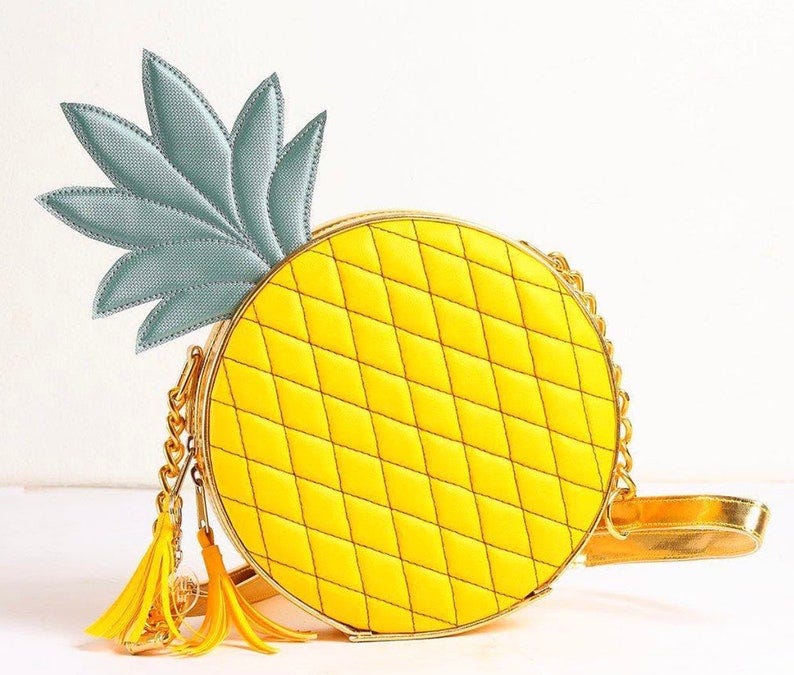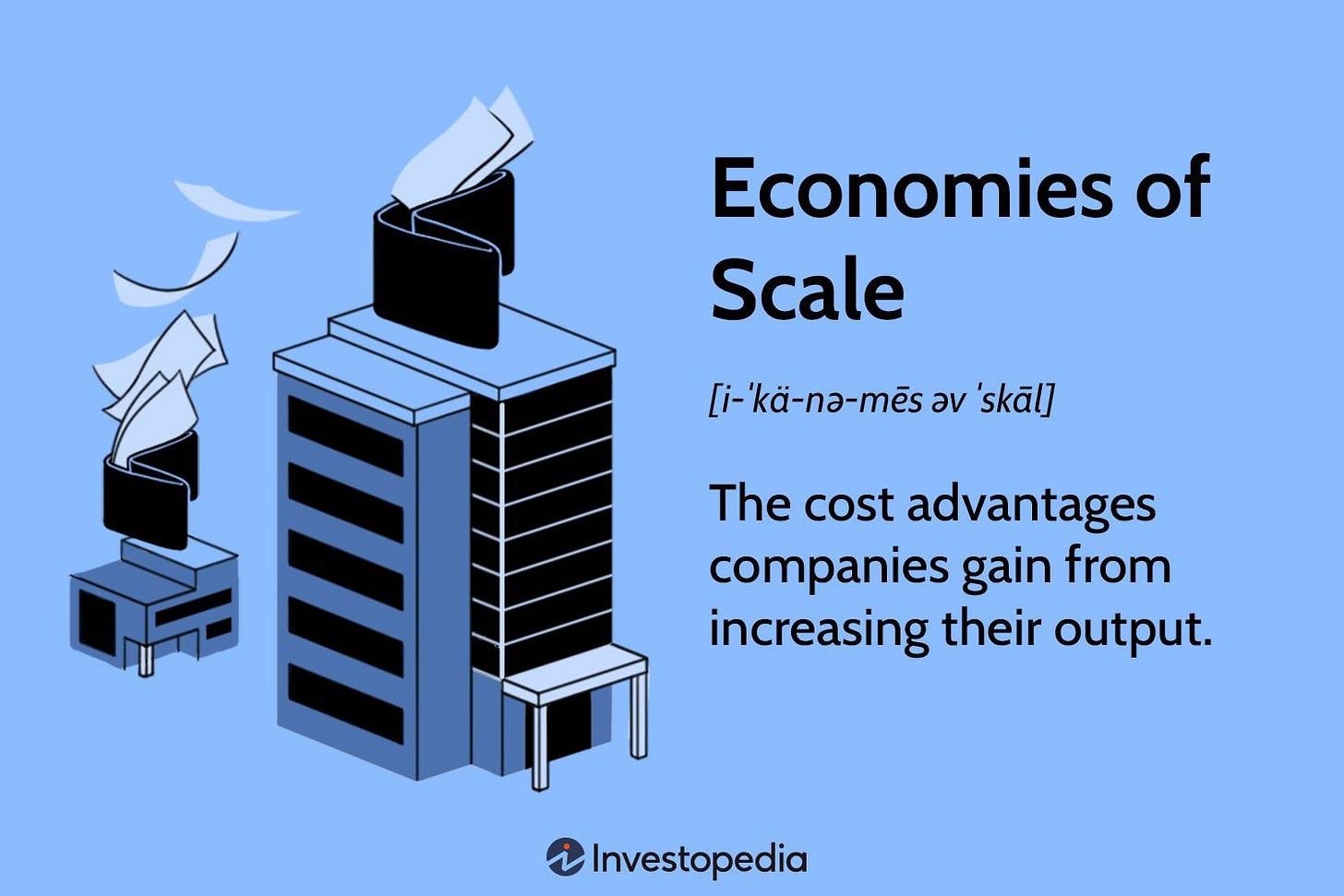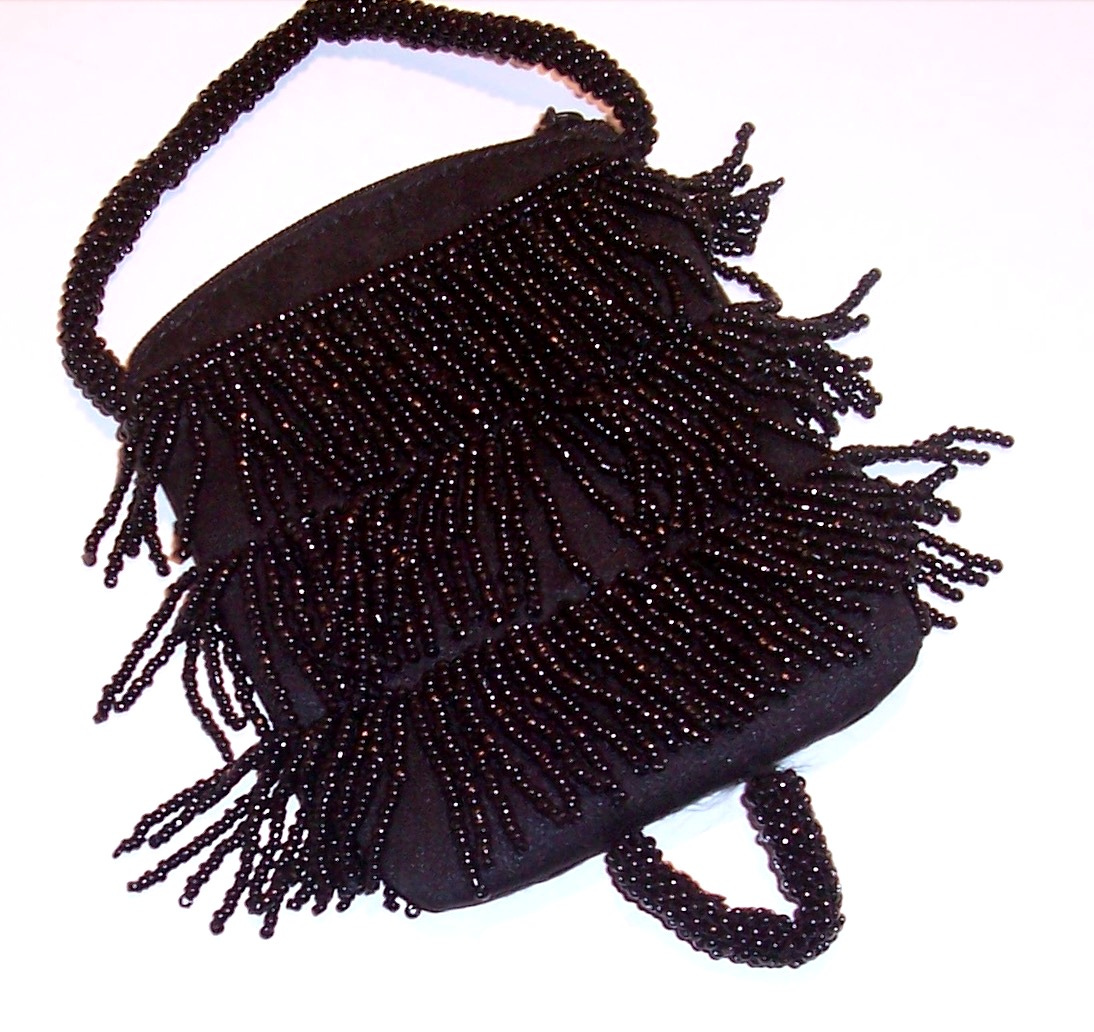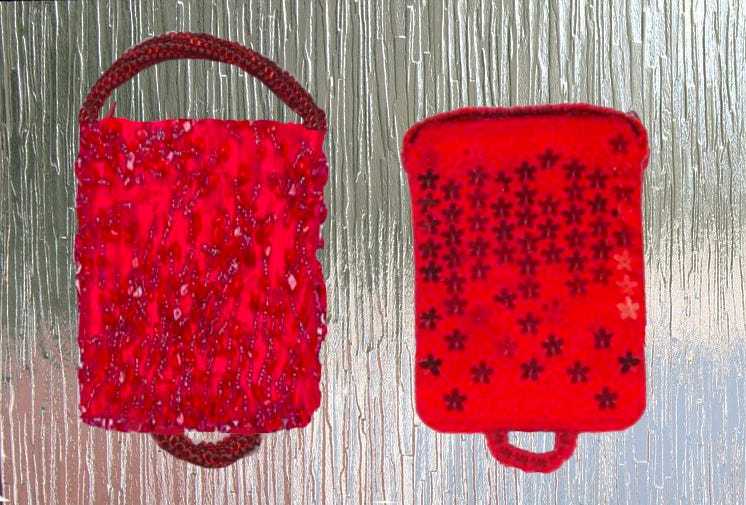Having started a higher-end handbag brand called “Yasmena” or “The Yasmena Bag” in the early 2000s, I have spoken extensively about patenting my handbag silhouettes. My brand, though, lacked economies of scale, which means that without large orders, factories would charge me more for production and typically would not prioritize my brand since they had larger orders to take care of.
That’s nothing to be angry about as I have dealt with several designers who have lamented that the factory told them they were too busy to get to their brand and, therefore, the product would either be late or just get bumped. I would explain that this is the cost of doing business and that the factory is also running a business, and they need to protect the clients that are paying them more. In addition, there was no guarantee that their brand would have a tipping point and they would magically be bombarded with waiting lists and countless people clamoring to get their bags.
This is an ongoing chicken-egg situation, especially if you did your homework (I hope you did), but to do a competitive analysis and see what other designers with your aesthetic are charging. Chances are yours are more expensive, and unless you want to take a hit on your profit margin, your bags will remain more costly than your contemporaries on the market.
This takes me to the dupe element. The reality is that I will say this over and over (note I am not a lawyer) - no one will knock you off unless you have sales, traction, or press on your item. It’s a risk you have to take if you want to run your own brand and if you're going to have any sales at all.
*Note: I am always on the fence when designers say that their bags are “bespoke,” “one-of-a-kind,” or “limited edition,” as that translates to “I couldn’t figure out how to make more than one” or “I couldn’t find anyone to buy more than one.”
So how do we bypass the dupe curse where people say it’s a form of flattery to be copied? Well, I can tell you what I did. I knocked myself off. Sounds mad, doesn’t it? I think it is an opportunity that most brands tend to overlook as an option. I started looking for brands that produced at mass, pitched my Yasmena bag, said we would call it “The Yazzy Bag,” which was close enough in brand DNA but had more of a whimsical twist, showed my sales, and press - and off I was to the races with a licensing deal.
I don’t want to say that this was a seamless journey. Everything was not rainbows, fairies, and unicorns since I thought this would be the panacea to my small business challenges. The reality was that I was now getting into an entirely new kind of business. I was able to get my Yazzy Bag in the thousands of units (which was a dream in comparison) in department stores and mass retailers where I never would have been able to do it alone. This was exciting. I also got onto QVC now with the factory to back me up. But, with this side of the business, you were judged solely on your “Monday morning numbers,” where the retailers would review how many bags you sold for the week, compare them to other items its likeness or your sales from the week before - and if the numbers dropped - you were accountable.

There is so much more to talk about: how going mass was a blessing and a curse, how you have to know your product lifecycle, and if knocking yourself is the right thing for you to do with your brand. I will get into that in future posts, but for now, I want to make sure I plant the seed where designers know there is always another opportunity to maintain and extend your brand's DNA a little longer and, in turn, make more money for the product you have created.
Also, see the latest page from “Savvy Suzanna’s Amazing Adventures in Handbags.” I am doing some super cute #WhatsInMyBag videos with little girls gushing about the bags they wear and what they carry. Check it out. :)











